Gamification marketing, are you doing it?
Good marketing content has become a lot more engaging lately. It’s almost as if we’re not only looking at content, we’re experiencing it.
There’s actually some truth to that, and it’s all thanks to the rise of gamification in marketing.
Games and marketing may sound strange, but they’re actually a match made in heaven. Visitors have fun interacting with their favorite brands. Companies increase customer engagement. Everybody wins.
Ready to learn more? Read on to learn about gamification marketing and how it can be used to convert.
- What Is Gamification in Marketing?
- Key Components of Gamification Marketing
- The Benefits of Gamification Marketing
- Why Gamification Marketing Is Effective?
- Gamification Marketing Examples
- Gamification Marketing With OptinMonster
What Is Gamification in Marketing?
Gamification in marketing refers to strategically incorporating game design elements and principles into marketing campaigns and strategies.
This approach aims to increase user engagement, customer loyalty, and participation by tapping into the intrinsic motivations that drive people to play games, such as the desire for achievement, competition, and social interaction.
At its core, gamification leverages the psychological preconceptions that make games appealing and addictive, applying these to non-game contexts like purchasing products, engaging with a brand on social media platforms, or participating in promotional activities.
By doing so, marketers can transform otherwise ordinary interactions into compelling, enjoyable user experiences that encourage the target audience to engage more deeply and frequently with a brand.
Even if you’ve never heard of it before, you’ve probably experienced gamification at some point.
Remember when McDonald’s and Hasbro came together to create a fast-food Monopoly game?
That’s gamification. Those concepts can be actual games, trophies, or even points. The idea is that marketing content that mirrors games is better at engaging visitors.
Key Components of Gamification Marketing
Key components of gamification in marketing include:
- Points: These serve as a quantifiable measure of progress or achievement. Points can be used to track purchases, social media interactions, or any other form of engagement with a brand, rewarding users for their activities.
- Levels: Levels indicate a user’s progression and are often tied to increasing rewards or status. As consumers accumulate points or complete specific tasks, they can “level up,” unlocking new benefits or exclusive offers.
- Badges: Badges are visual symbols of accomplishments or milestones. They can be used to recognize and reward a wide range of actions, from simple tasks like signing up for a newsletter to more complex achievements such as completing a series of purchases or challenges.
- Leaderboards: Leaderboards rank users based on their achievements or points, fostering a sense of competition and community. They can motivate users to increase their engagement in pursuit of recognition or rewards.
- Challenges and Quizzes: These are specific actions or trivias that users are encouraged to complete or answer. Challenges and quests can add a narrative element to the engagement, making the interaction more intriguing and enjoyable.
- Rewards: Rewards are incentives that motivate continued engagement. They can be tangible, like discounts or free products, or intangible, such as exclusive content or status recognition.
By integrating these game elements, gamification in marketing creates a more dynamic and interactive relationship between consumers and brands.
It not only incentivizes specific behaviors but also enhances the overall customer experience, making interactions with the brand more memorable and enjoyable.
Does gamification work, though? Let’s look at its benefits to find out.
The Benefits of Gamification Marketing
Gamified content makes your sales funnel better.
It’s engaging, so people remember it. This, in turn, creates greater brand awareness.
Customers start to think more about your brand, which gets them curious. They subscribe to newsletters, buy one or more of your products. All of a sudden, you converted a visitor into a customer and it’s all because of gamified marketing.
How effective is gamification strategy at helping brands meet their goals? Very effective, according to the gamification marketing results we’ve seen:
- After using points and badges to gamify their website, Verizon Wireless boosted browsing time by 30% among half their users.
- Gamification helped Volkswagen China’s crowdsourcing project go viral. As a result, they garnered over 33 million hits and nearly 120,000 ideas submitted.
- Ford Motors increased sales by more than $8 million and boosted Facebook likes by 600% with gamified content.
These statistics prove gamification and marketing go together like peanut butter and jelly. Or Vegemite and toast, if you’re Australian?
Now, back to our initial question. What are the benefits of gamification in marketing?
- It increases customer engagement. That reduces the likelihood that visitors will scroll past your content. We call that “banner blindness” and it’s a real problem.
- Conversion rates skyrocket as visitors become motivated to complete tasks for reward. That reward could be a cool badge or trophy, points, or a special feature.
- Brand awareness and brand loyalty increase as visitors interact more with your content.
- Games are a fun experience.
Want to exceed your sales and marketing goals? Gamify it. It’s actually one of the most effective ways to growth hack your eCommerce business.
Why Gamification Marketing Is Effective?
What makes gamification so appealing to the average person?
For starters, most examples of gamification in business are interactive. And who doesn’t love interactive content?
Think about all the times you’ve come across gamified content. If you’re like most people, you clicked it just to see what would happen.
It’s hard not to. Games make everything better. After all, how irresistible is the minigame in Google Chrome that pops up every time a website times out?
According to this report by Demand Gen, 93% of marketers love gamification. In contrast, only 70% believe static, or non-interactive, content engages visitors. But that’s not all, here are a few other key takeaways from the report:
- 81% of marketers believe interactive content is more attention-grabbing than its static counterpart.
- 88% of B2B marketers plan on converting 10 to 30% of their material to interactive content.
- Roughly 70% of marketers believe interactive content is successful at converting visitors.
In short, people enjoy interactive experiences and they enjoy playing games. Gamified marketing combines the two. It gives visitors a unique experience that doesn’t exist in traditional marketing.
Even something as simple as badges can motivate people to do more. Check out the picture below to see how Dropbox used cute badges to get their marketing team to reach target goals.
And guess what. It works! People want to feel a sense of accomplishment. When they complete each task, it feels like they’ve achieved something great.
Additionally, gamified marketing makes customers feel like they’re in control. They get to choose how they interact with your content. This adds a whole new layer of fun and excitement that isn’t often available elsewhere.
Sold on gamified marketing? Great! Let’s look at some examples of how you can bring it into your own marketing campaigns.
Gamification Marketing Examples
Gamification has been successfully implemented in various marketing strategies across different industries, turning routine interactions into engaging experiences. Here are some notable examples:
1. Starbucks Rewards
Starbucks Rewards is a prime example of gamification in the retail sector. By using a mobile app, customers earn stars for every purchase, which can be redeemed for free drinks, food items, or merchandise. The program features levels (Green and Gold), with customers advancing to the Gold level after earning a certain number of stars. This level-up mechanism, combined with limited-time challenges and the ability to earn bonus stars, keeps customers engaged and encourages frequent purchases.
2. Nike+ Run Club
Nike+ Run Club app gamifies the experience of running. Users can track their runs, set goals, and participate in challenges with runners worldwide. The app offers badges for achievements like running certain distances or completing a number of runs in a month. This gamification strategy not only motivates individuals to stay active but also fosters a sense of community and brand loyalty among users.
3. Duolingo
Duolingo, a language learning platform, uses gamification to make education fun and addictive. Learners earn points (XP) for completing lessons, advance through levels, and receive virtual coins that can be used to unlock bonus skills or buy streak freezes. The app also features a leaderboard where users can compete against friends or other learners worldwide, adding a competitive edge to the learning process.
4. M&M’s Eye-Spy Pretzel
M&M’s launched a successful gamified marketing campaign with the “Eye-Spy Pretzel” game. In this campaign, users were challenged to find a pretzel hidden among a sea of M&M’s candies in an image posted online. This simple yet engaging game not only went viral but also effectively promoted the new pretzel-flavored M&M’s, demonstrating how gamification can enhance brand awareness and engagement through social media.
5. Sephora Beauty Insider
Sephora’s Beauty Insider program incorporates gamification elements to enhance customer loyalty. Members earn points for every purchase, which can be redeemed for rewards like exclusive products, samples, and experiences. The program features tiers (Insider, VIB, and Rouge), with each level offering more exclusive benefits and rewards. Seasonal savings, birthday gifts, and access to special events are part of the gamified experience, encouraging customers to increase their spending to reach higher tiers.
6. Domino’s Pizza Hero
Domino’s Pizza introduced the “Pizza Hero” app, a game that allows users to design their virtual pizza by kneading dough, spreading sauce, and adding toppings. Players’ creations could be ordered from Domino’s in real life. The game also featured challenges and leaderboards, turning pizza ordering into a fun and interactive experience. This innovative approach not only engaged customers but also drove sales.
These examples illustrate the versatility of gamification in marketing, showing how it can be applied across different industries to engage customers, enhance brand loyalty, and drive specific consumer behaviors.
Gamification Marketing With OptinMonster
Gamification isn’t some secret that only top companies know about. You don’t have to be a game developer for Nintendo to use it. It’s actually very easy to weave into your current marketing strategy.
Below are our favorite gamification examples in sales and marketing anyone can use.
1. The “Spin-to-Win” Wheel
The spin-to-win discount wheel turns lead generation into a fun game that visitors love. That’s because it gives them a chance to earn rewards by giving contact information.
Moreover, the spin-to-win optin stands out. It’s fun and unique, so visitors are less likely to ignore your popups. And that’s great for reaching your conversion goals.
What’s more, you have complete control over the wheel’s setup. You choose what prizes you want to give and how many wheel slices to include. You can add anything from discounts to special offers and free shipping.
Related ContentCreate a “Spin to Win” Optin to Easily Boost Engagement
This converts visitors into leads and encourages them to finish their purchasing journey. Because, if they’ve earned 25% off a product, they might as well go ahead and buy it.
Use OptinMonster to integrate our ready-made wheel template into your marketing campaign. Feel free to use it as is, or customize your wheel any way you see fit. Then, watch your conversion rates skyrocket with a few clicks of a button.
By the way, we’re not joking when we say, “a few clicks of a button.”
Look at how easy it is to customize rewards on your discount wheel with OptinMonster.
2. The Completeness Meter
The completeness meter is another great gamified element that’s straightforward and effective. Google, Dropbox, and LinkedIn have all used completeness meters in their marketing campaign. The example shown above is LinkedIn’s meter, in the form of a progress bar.
The goal of this meter is to get the reader to complete all steps on a particular journey. In the case of LinkedIn, that journey is fleshing out your profile. When you add a picture, work history, your location, education, and so on, you complete the meter. And when you complete it, you get a trophy.
You can use a completeness meter for almost any action that involves two or more steps. Here are some examples:
- Getting visitors to complete questionnaires and service quotes.
- Sending customers down every step of the purchasing journey.
- Having visitors complete an optin for your mailing list or event.
The possibilities are endless.
Are you an eCommerce site on WordPress? Creating and implementing a progress bar only takes a couple of minutes with the help of WPForms. Gamifying progress has never been easier.
3. Digital Badges
Badges are one of the most popular types of gamification. They’re seen everywhere, from Ebay’s star rating system to Facebook’s trophies for top fans.
Badges are great for building brand loyalty. That’s because they recognize the work your customers put into using your product. It’s like saying “Thank you for your support. Here’s a cool trophy.”
Customers look at earning badges as an accomplishment. They’re fun to collect, so customers interact with your product even more to unlock new badges. For this reason, digital badges have been successfully used as motivation tools for:
- Employees in the workplace.
- Students taking online learning courses.
- Customers in eCommerce loyalty programs.
The Khan Academy created a wide range of digital badges for students. They can earn a new badge after completing a task or earning a set number of points.
Naturally, it worked like a charm. Students were motivated to do more than complete assignments. They actually wanted to collect badges to show to their peers.
Badges are very popular on education-related platforms. That’s something to consider if you’re promoting academic courses or training programs. Of course, you can use badges outside of education as well. They’re great for acknowledging:
- Supporters who share your content on social media.
- Brand ambassadors who onboard friends and family.
- Loyal customers who spend a lot of money on your services.
In other words, any task that goes above and beyond what’s expected is something you can reward with a badge.
Best of all, creating badges isn’t as hard as you think. The WordPress plugin BadgeOS lets you build an achievement program with badges in minutes. No need to burn the midnight oil coming up with a comprehensive set of badges like the Khan Academy’s.
Sign up for your 100% risk-free OptinMonster account today!
Ready to Level up Your Marketing Efforts?
If you want your brand to last the test of time, you have to keep up with customer expectations.
Many customers value enjoyable experiences, which is as important as the product itself. It’s up to you to deliver those experiences in your gamified campaign. Fortunately, you can do that with gamified content that makes your optins fun and engaging.
Want to know how?
Here’s the real ProTip.
You can give your marketing strategy a mega-power boost with OptinMonster’s smart lead generation tools. OptinMonster has everything you need to create gamified content that promotes growth and engages visitors.
Imagine being known as the brand with awesome optins. With OptinMonster, you can.
If you enjoyed this post, you might also want to check out the following resource: How to Create a Discount Wheel Popup (the Easy Way).
That will have everything you need to create your gamified popup in minutes.
Ready to get started? Sign up for your 100% risk-free OptinMonster account today!
Also check out:


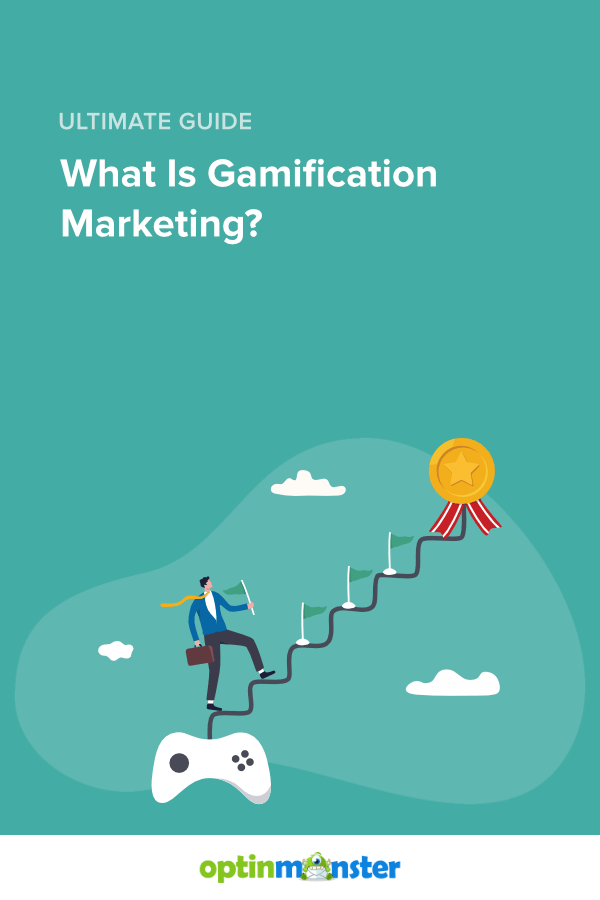
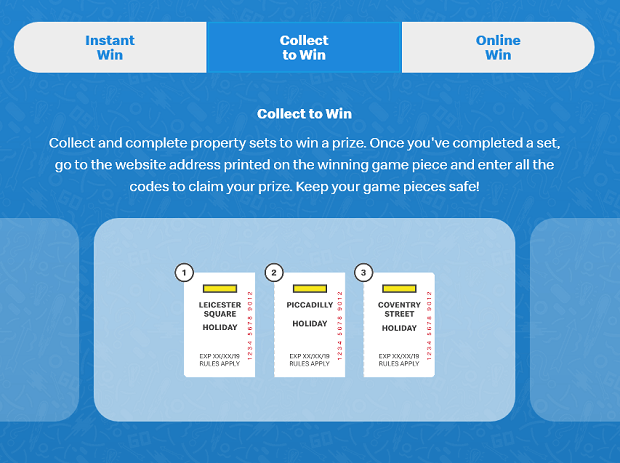
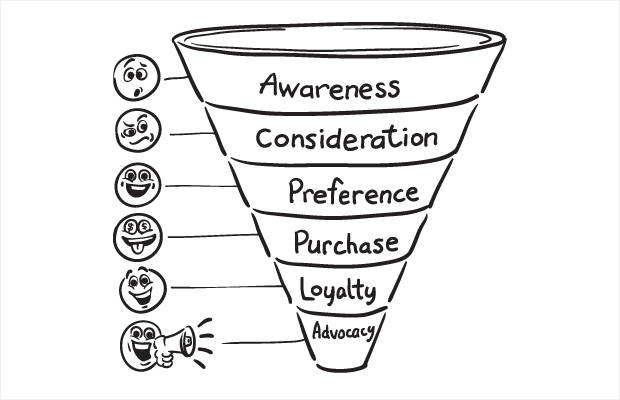
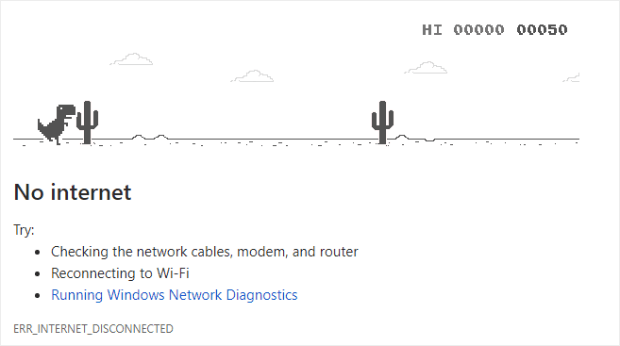

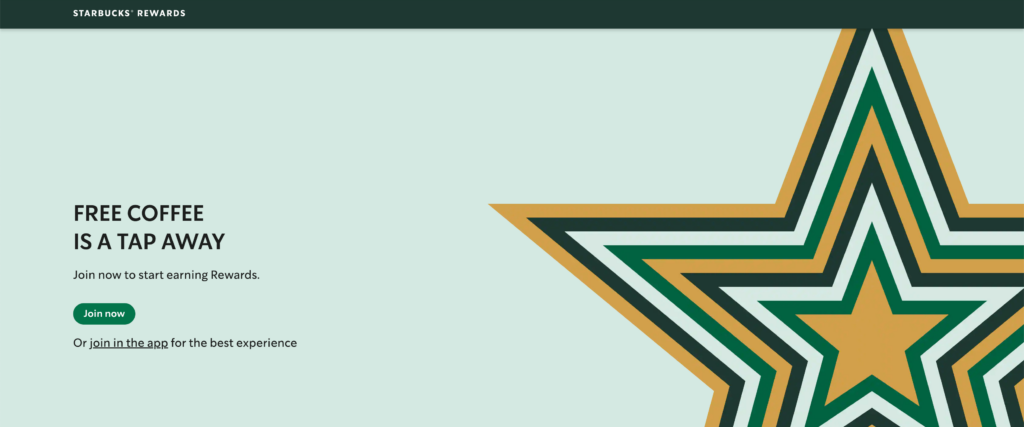
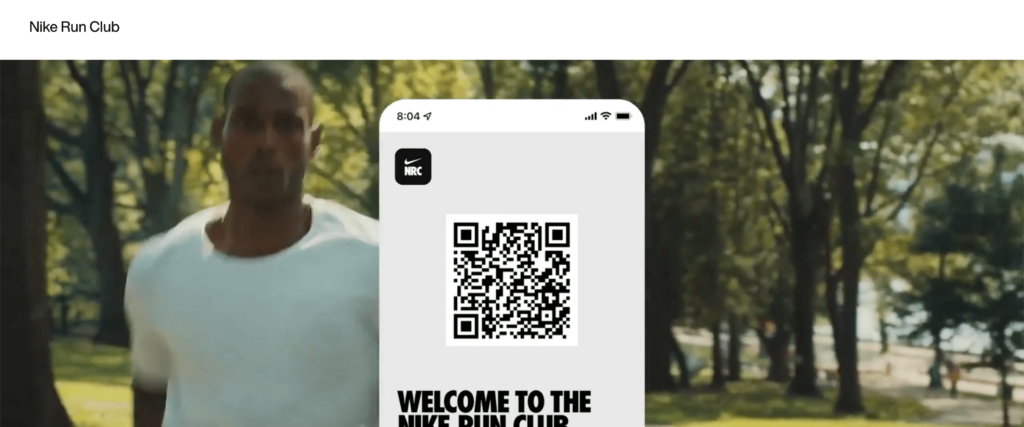
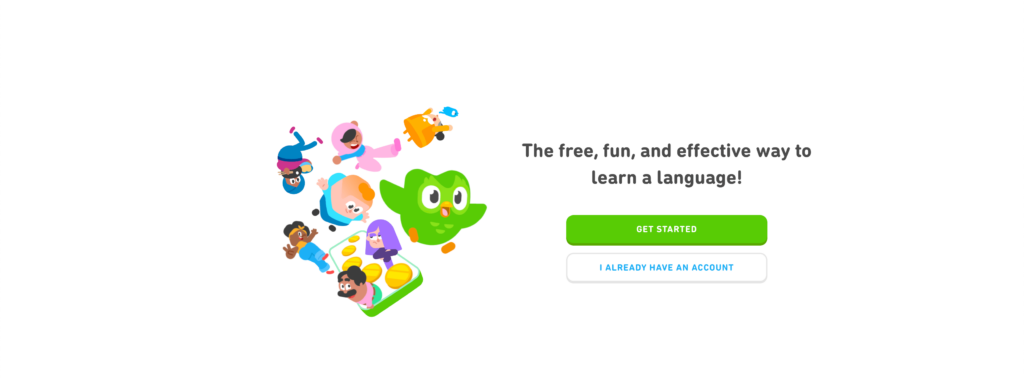
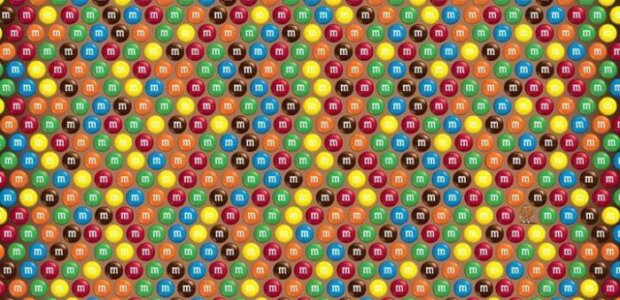
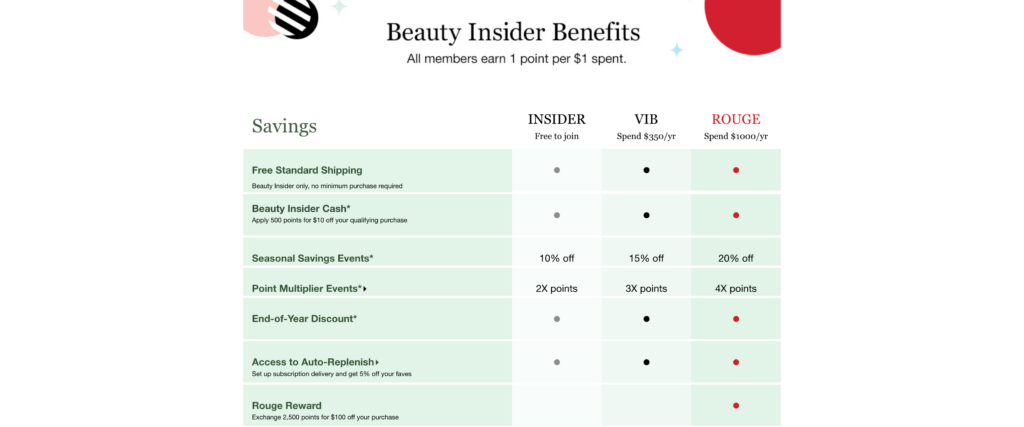

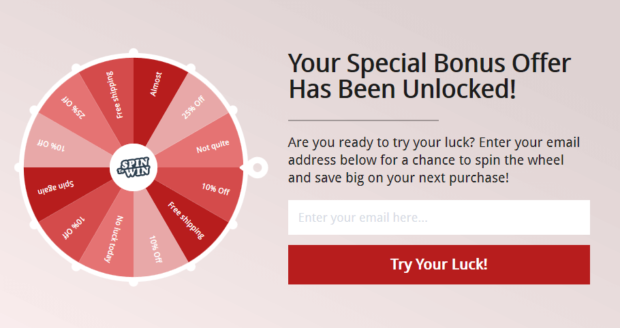
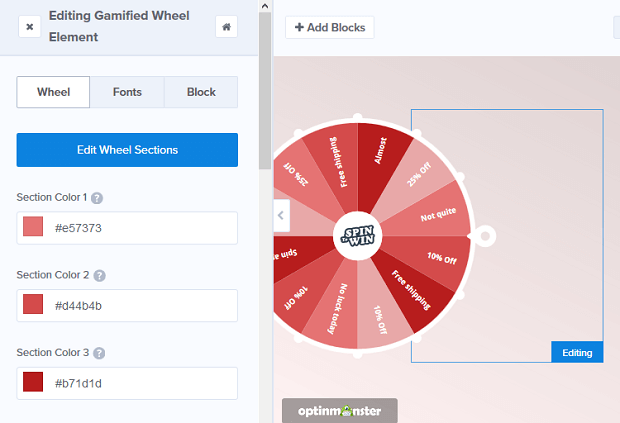



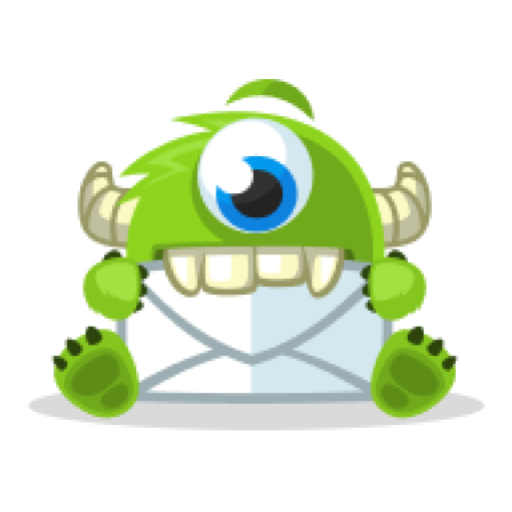

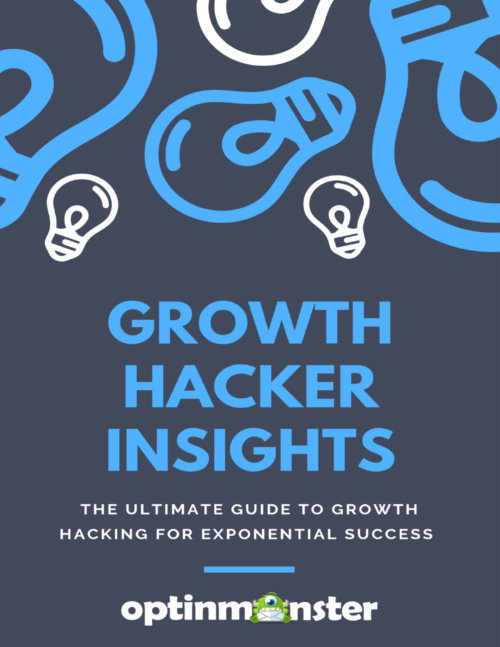
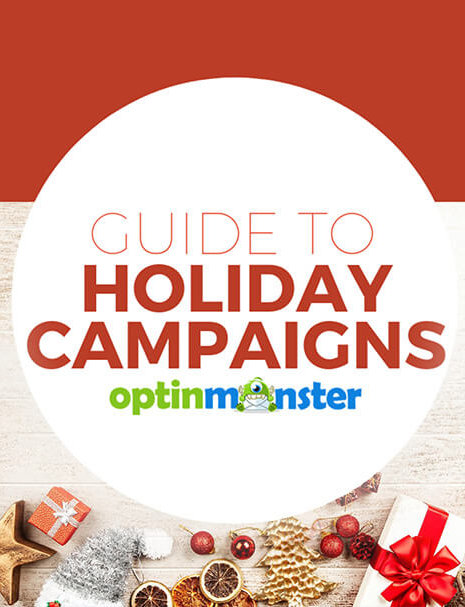
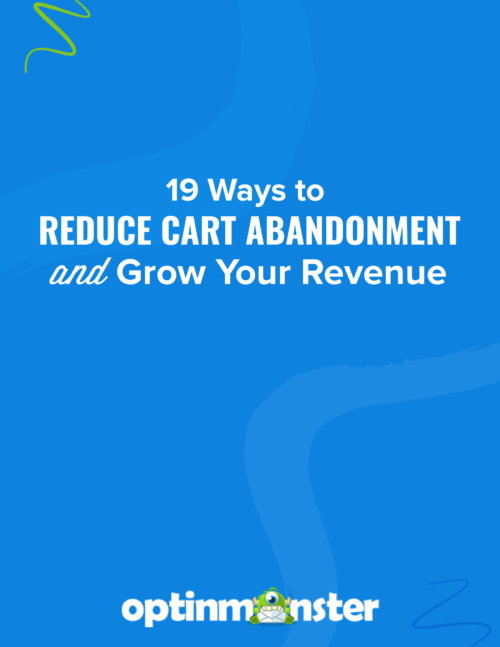



Add a Comment